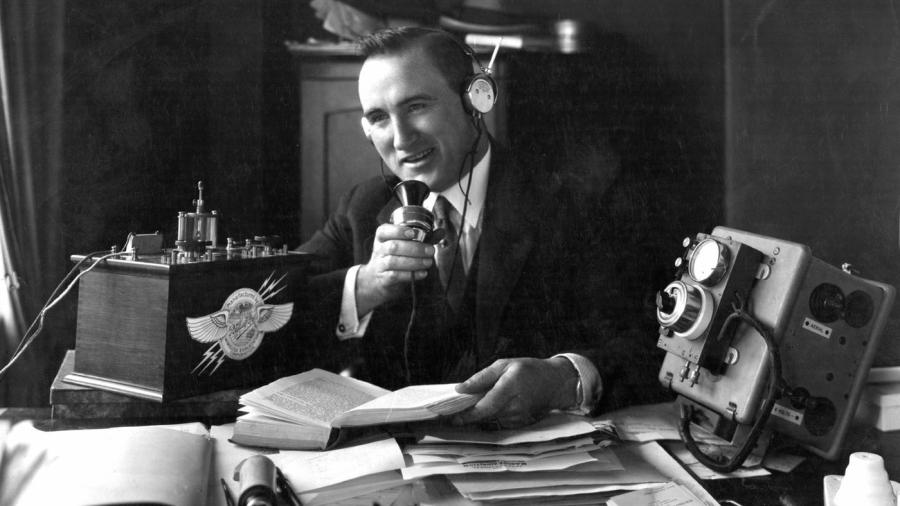What Impact Did the Radio Have in the 1920s?

Radio broadcasting began in earnest in 1920, when Westinghouse launched the first programmed broadcast of a radio station. KDKA began broadcasting on election day, and it was an instant success.
Wireless technology already existed before this historic broadcast, but most believed that programming for the masses was frivolous. On Nov. 2, 1920, KBKA announced the winner of the presidential election. The radio broadcast was a success, and according to the U.S. History website, there were over 500 commercial radio stations in operation by 1922. Consumers loved the idea of the radio since it was free to listen to the broadcasts. Once they purchased receivers, all they had to do was tune in. Advertisers loved the idea because they had instant access to millions of Americans at one time. With the establishment of the first network, the National Broadcasting Company, people could hear the same broadcasts from coast to coast. People gathered together to listen to news, entertainment and sports programs. Mass media programming allowed people to experience events, entertainment and news as a group and in real time. Live broadcasting permitted the instant transmission of information and the first instantaneous mass media marketing tool for companies willing to buy air time for their commercials.





